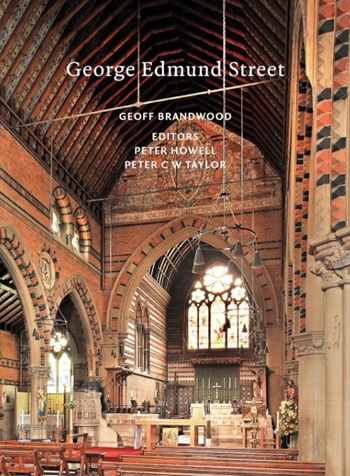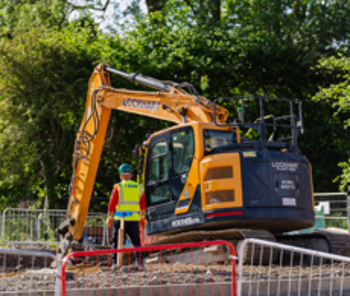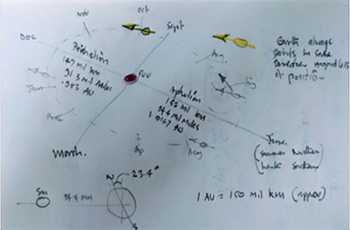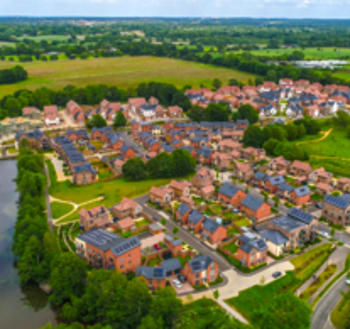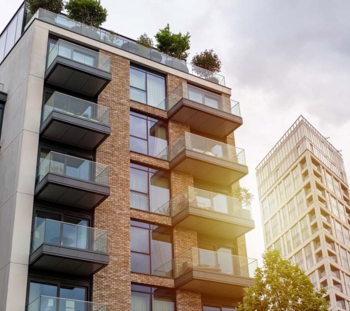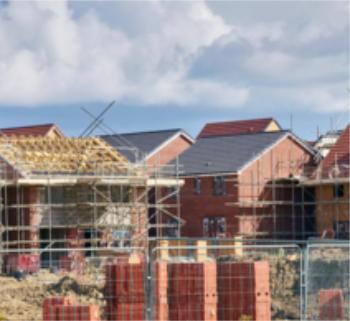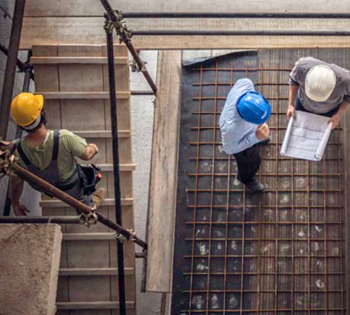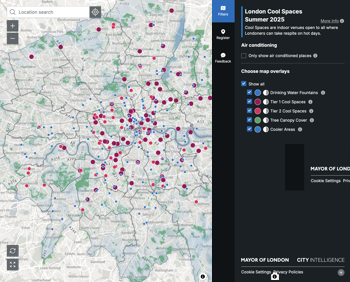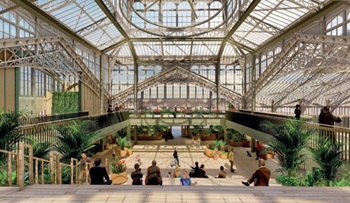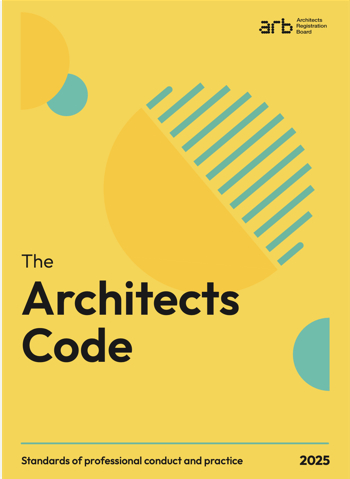PAS 2035
PAS 2035:2023 Retrofitting dwellings for improved energy efficiency - Specification and guidance is one of a number of Publicly Available Specifications covering retrofit, refurbishment and building upgrades. The others public specifications include; PAS 2030:2023 Installation of energy efficiency measures in existing dwellings and PAS 2038:2021 Retrofitting non-domestic buildings for improved energy efficiency.
PAS 2035:2023 (Incorporating Corrigendum No. 1) Retrofitting dwellings for improved energy efficiency – Specification and guidance describes retrofit building physics, building pathology, thermal models and calculations, approaches to retrofit in the medium term and at scale, performance considerations, standards and constraints, fabric first, interfaces, wholedwelling assessments, distressed replacement, retrofit designs, testing, commissioning and handover. It also also describes the various retrofit related roles, such as the main contractor and retrofit installer, retrofit advisors, coordinators, assessors, and evaluators aswell as standards, frameworks, competency and qualifications relating to these roles.
The PAS document says "Statutory national targets for the reduction of greenhouse gas emissions in response to the threat of climate change imply that very significant improvements need to be made in the energy efficiency of the UK’s building stock, including nearly all its 27 million domestic buildings. The Climate Change Committee sets “carbon budgets” under the Climate Change Act 2008, and the Government’s Net Zero Strategy includes a commitment to improvements in Energy Performance Certificate (EPC) scores in existing dwellings." It goes on to say that it "supports work towards those objectives by promoting and defining technically robust and responsible “wholedwelling” domestic retrofit work, i.e. highquality work that supports:"
- "a) improved functionality, usability and durability of buildings;
- b) improved comfort, health and wellbeing of building occupants and visitors;
- c) improved energy efficiency, leading to reduced fuel use, fuel costs and pollution (especially greenhouse gas emissions associated with energy use);
- d) reduced environmental impacts of buildings;
- e) protection and enhancement of the architectural and cultural heritage as represented by the building stock;
- f) avoidance of unintended consequences related to any of the above;
- g) minimization of the “performance gap” that occurs when reductions in fuel use, fuel cost and carbon dioxide emissions are not as large as intended or predicted; and
- h) protection of the general public and the client in relation to retrofit work."
[edit] Related articles on Designing Buildings
- Alterations to existing buildings.
- Do the building regulations apply to works to existing buildings?
- Demolition.
- Material amendment.
- Material change of use.
- Minor material amendment.
- Non material amendment.
- Change of use class.
- PAS 2038:2021 Retrofitting non-domestic buildings for improved energy efficiency.
- Planning permission.
- Permitted development.
- Principal designer.
- Renovation v refurbishment v retrofit.
- Retrofit.
- Retrofit projects and roles
- Types of work to existing buildings.
Featured articles and news
One of the most impressive Victorian architects. Book review.
RTPI leader to become new CIOB Chief Executive Officer
Dr Victoria Hills MRTPI, FICE to take over after Caroline Gumble’s departure.
Social and affordable housing, a long term plan for delivery
The “Delivering a Decade of Renewal for Social and Affordable Housing” strategy sets out future path.
A change to adoptive architecture
Effects of global weather warming on architectural detailing, material choice and human interaction.
The proposed publicly owned and backed subsidiary of Homes England, to facilitate new homes.
How big is the problem and what can we do to mitigate the effects?
Overheating guidance and tools for building designers
A number of cool guides to help with the heat.
The UK's Modern Industrial Strategy: A 10 year plan
Previous consultation criticism, current key elements and general support with some persisting reservations.
Building Safety Regulator reforms
New roles, new staff and a new fast track service pave the way for a single construction regulator.
Architectural Technologist CPDs and Communications
CIAT CPD… and how you can do it!
Cooling centres and cool spaces
Managing extreme heat in cities by directing the public to places for heat stress relief and water sources.
Winter gardens: A brief history and warm variations
Extending the season with glass in different forms and terms.
Restoring Great Yarmouth's Winter Gardens
Transforming one of the least sustainable constructions imaginable.
Construction Skills Mission Board launch sector drive
Newly formed government and industry collaboration set strategy for recruiting an additional 100,000 construction workers a year.
New Architects Code comes into effect in September 2025
ARB Architects Code of Conduct and Practice available with ongoing consultation regarding guidance.
Welsh Skills Body (Medr) launches ambitious plan
The new skills body brings together funding and regulation of tertiary education and research for the devolved nation.
Paul Gandy FCIOB announced as next CIOB President
Former Tilbury Douglas CEO takes helm.






